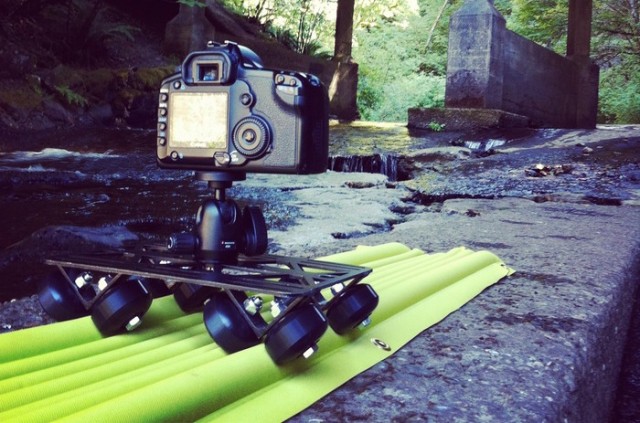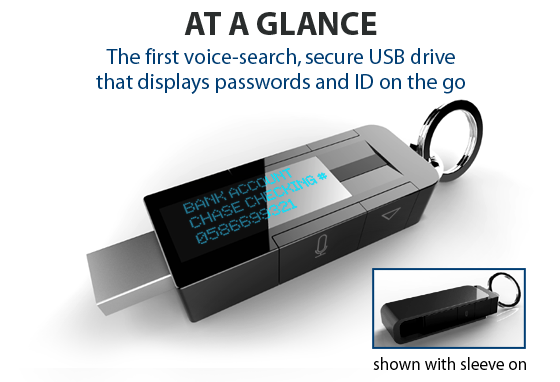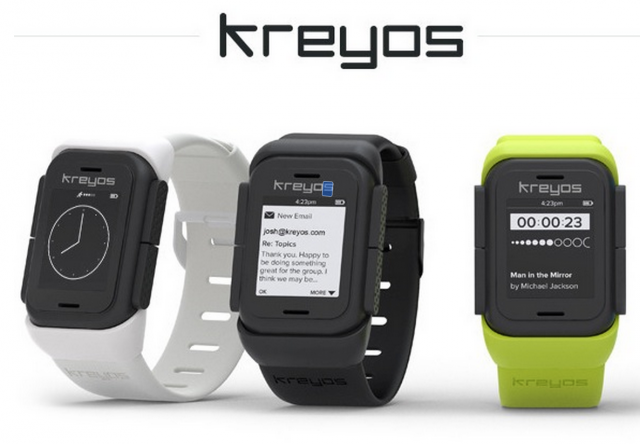
The public life-cycle of a Kickstarter rarely ends in tragedy. Often, if a Kickstarter manages to get covered by the media before its funding round end, or even starts, it can meet its goal within days, and superfluous funds continue to roll in over the next few weeks. By the time its crowdfunding stage closes, the creators, backers, and media alike are excited and proud to have ushered this new project so quickly to a place of prosperity, eager for it to continue to grow.
Plenty of projects manage to deliver the goods, even if the timeline slides a bit. That was the case with Tim Schafer's Kickstarter game Broken Age. If creators miss deadlines, backers typically continue to receive updates via e-mail and the Kickstarter page. But sometimes the end of funding is the beginning of a slide into radio silence, which ultimately turns into few or no backer orders fulfilled, and no satisfactory explanation for why the project didn't pan out according to the orderly delivery schedule the creators promised.
A project can go off the rails and fail even after its funding succeeds for a number of reasons. There can be unforeseen costs, or design problems, or a team member quits or fails to deliver their part of the project. Often, when a project skids to a halt, the final updates are obscured from the public and sent only to backers, which may be part of the reason failures are often not well-publicized. Occasionally, backers who receive them pass them on or post them publicly on forums, which is as good as it gets in terms of letting the outside world know a project did not ultimately pan out.
Why burn out when you can fade away
MyIDkey, a password manager dongle, raised $473,333 on Kickstarter in March 2013, and $3.5 million overall from other investors. The team decided to change the design of the product and many of its features midstream. In his second-to-last update to backers, which was sent privately rather than posted publicly on the project page, creator Benjamin Chen wrote about how his company's funding situation very suddenly changed:
"A few weeks ago, on a Thursday night, we had a board meeting, and our plan called for an additional funding round. For me and the team, everything seemed on track, but on that Friday morning when we were expecting our next set of rocket fuel, I was told by our lead investor that the investor syndicate could not agree on financing terms and hence we would have no more funds coming in.
This was a complete shock for me, and I have never been in a situation this dire in my professional life. We had ZERO notice, and no funds left in the bank, I had to immediately notify the entire staff that we were going to have to layoff everyone from payroll as well as myself. We also had to notify all of our contractors and manufacturing partners of our situation and to immediately put everything on hold. This was a huge emotional setback for the team."

Three months later, Chen privately updated backers again that the myIDkey website had been taken down, claiming a cease and desist over a UK trademark. A reader passed Ars the September update:
"Please know that we are in the final rounds of securing a strategic partnership. It is extremely frustrating, but we are unable, legally, to disclose any additional information at this time. Many of you may have noticed the take down of the myIDkey website. We recently received a cease and desist letter from a UK company that has the trademark rights to MYID. Because of this, we are working to rebrand the website.
We would also like you to know that our team is intact, and we are working diligently to get operations back underway. Thank you for all your support, and please continue to hang in there."

A high-profile Indiegogo campaign for the Kreyos smartwatch, which raised $1.5 million on a $100,000 goal in the summer of 2013, crashed and burned over the course of the following year. In a Medium post, the founder, Steve Tan, blamed most of the failure on the Chinese manufacturer Kreyos engaged to make the product:
"What I don’t understand till now is, with the success of Kreyos, and the amount of money we paid him, why didn’t Pro [CEO of Viewcooper Corp] invest in talent or hiring the right people. The total amount of people working on Kreyos from his end was only around 4 people, some of whom we realized are just working part time. We wouldn’t have minded him pocketing so much money if he at least delivered something that we can fix for our backers and customers and continue selling for a few more months until we conceptualize a new and improved version.
He constantly bragged that we will impress our backers by shipping earlier then the promised date. But things started to look bad after numerous delays.We wanted to hire our own firmware guys, but he wouldn’t send us the firmware’s source code, and insisted we won’t be able to manage it. He said he will hire more people in his Taiwan office to help speed things up, but apparently those people are working on his other projects and not Kreyos."
In a separate section, Tan asks himself why Kreyos did not engage a different manufacturer. His answer, in four parts:
"i) We do not have working relationships with any other solutions company
ii) We do not know any other EMS factories in China
iii) Most importantly we already paid him more then 50% of our money (50% of the 20k Units and also the 64150 units of LCDs), so we are held hostage with virtually no way out. We are not going to be able to raise enough money in time to push through with the project if we dropped Viewcooper at this point.
iv) We are a marketing team with very limited hardware experience."
reader comments
157